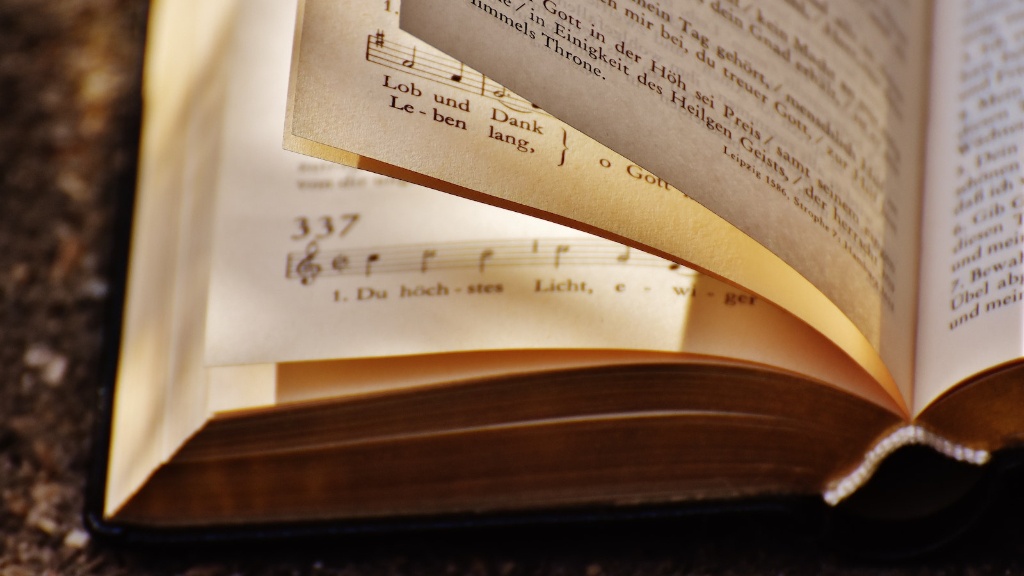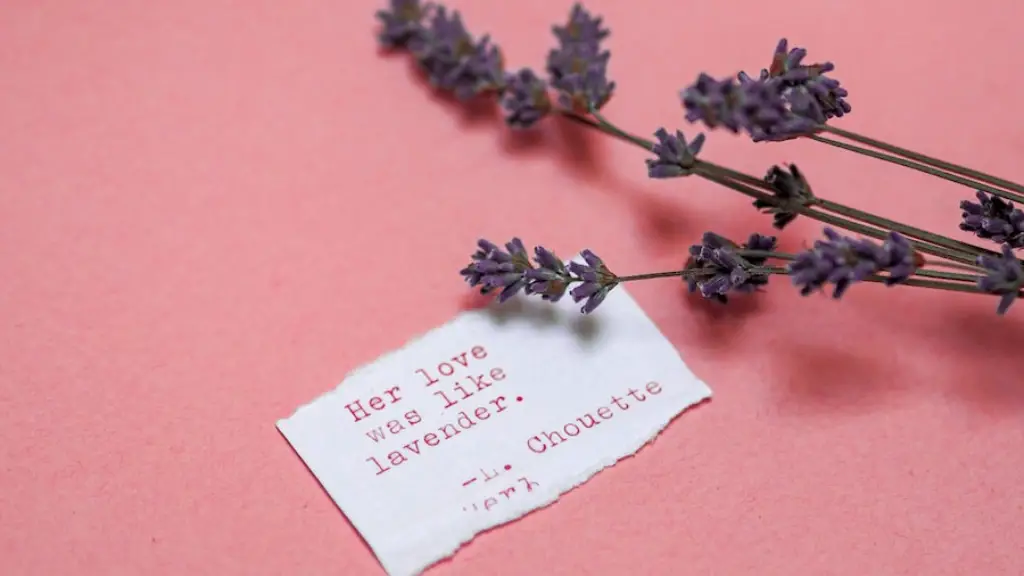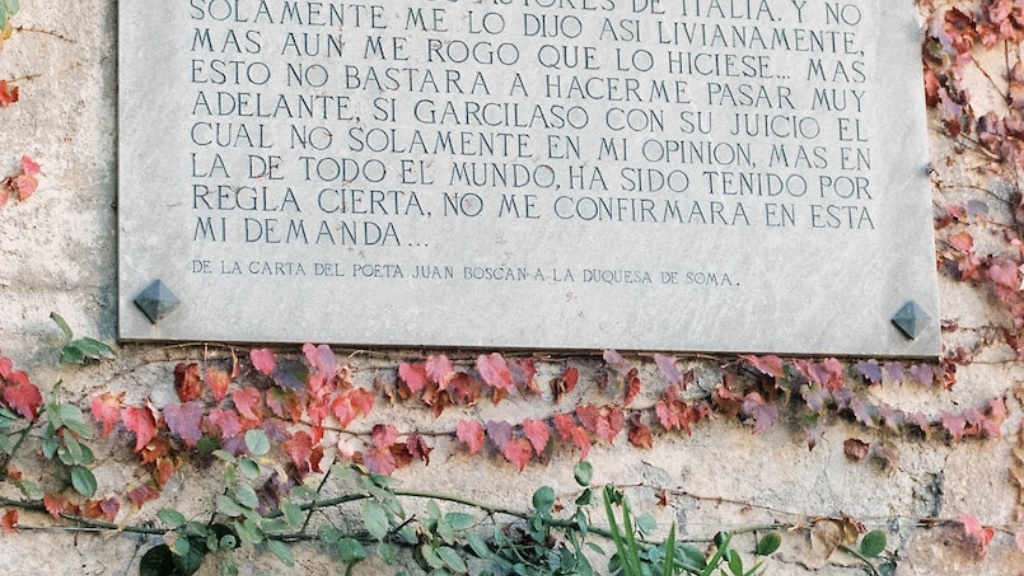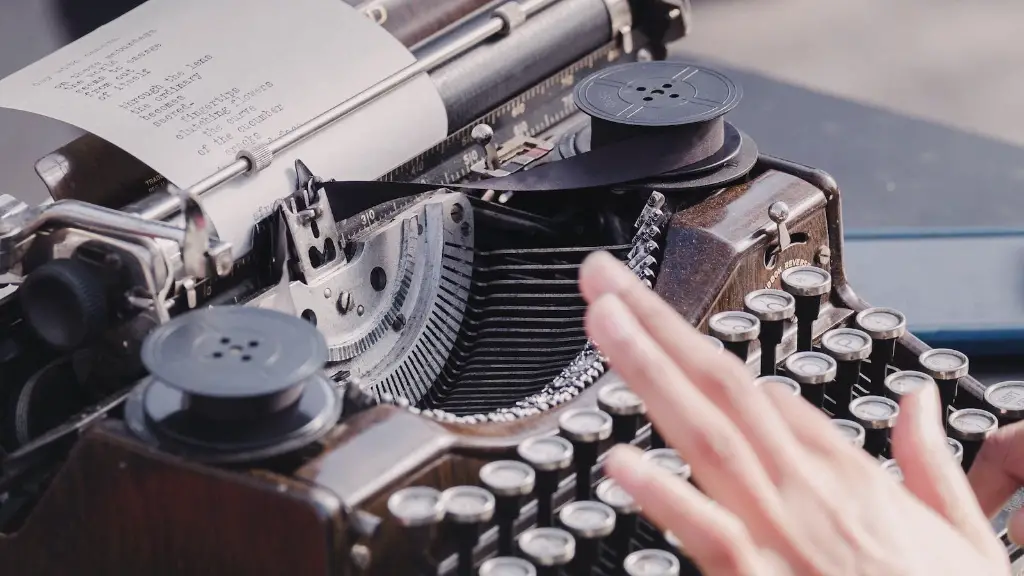Inspiration Through Personal Life Experiences
Poetry writing is a creative process that, depending on the poet, can be simple and natural or laborious and analytical. Regardless of the approach, almost all poets find inspiration rooted in their personal experiences. Life, both good and bad, can serve as the backdrop for a poem’s creativity. Many poets, for instance, are inspired by joyous events turning happy experiences into unimaginative works.
In fact, it is often through difficulty and depression that poets find their best work. Not only is personal sorrow the often uncharted nirvana of creativity but it is where poets are most comfortable, as only those most familiar with a given situation have the ability to reflect its essence. In the midst of despair and brokenness, those poets most apt to write about their state of being are the same poets who turn their grieving into life-giving art.
The poetic genre of spoken word is a direct result of poets’ desire to channel emotions into their work. Articulating thoughts, feelings, and opinions can be difficult to do through poetry, given the artist’s desire to express their inner most feelings; but often a spoken word performance encourages artists to be more emotionally and personally transparent.
No matter the setting, from profound pain to blissful joy, personal reflections can be the backdrop for crafting a poem. Through relatable life experiences a poet can effectively engage their readers in meaningful ways. The poet’s individual voice is often their greatest asset, providing a personal connection and setting the tone for artistic expression.
Reaction To Visual Stimuli
Visual art pieces designed to evoke emotion can also be an inspirational trigger for creative expression, especially in the written form. Pictures, paintings and artworks can encourage poets to look outside themselves and see events or relatable life experiences as narrative stories or metaphors, then craft them into effective works of art.
Photographs, for example, can transport people to moments different from their own. As photographers brilliantly capture a single scene, often times in times of joy, war or sorrow, the resulting photo speaks to the heart of the poet and reminds them of the importance of storytelling, through visual and written art.
Stimulating visuals can also transport writers to different places in time. Art, throughout human history, has served as a symbolic representation of human struggles, emotions and experiences, enabling poets to effectively interpret however these moments are ingrained in their psyche. To interpret a picture to an entire poem is an impressive feat and no matter the creative process, visual art can generate impressive works of poetry written by the greatest of writers.
Whether the poet writes to capture or interpret a moment or to simply take their reader somewhere else, visual art can help create a painting perfect for the mind and visually curious reader.
Inspiration From The Classics
Given poetry’s long-standing relationship with verse, it stands to reason that other written creations can serve as a muse to poets. When a poet is seeking to up their creative game, looking to the greats can serve as the necessary inspiration to push their work to the next level.
The pulchritude of Shakespeare’s words, numerous majestic sonnets, and diverse characters are some of the unique tools many modern poets use to push their own creativity. By leveraging the stylistic conventions of the giants of the literary world, modern poets can enjoy a certain degree of stability in the uncharted sea of self-expression.
From the heights of Homer, Virgil, and Milton, to the depths of T.S. Eliot and authors writing today, there is so much to learn from the greatest works and their authors, to then be applied to any poetic journey.
Simply put, poets can and should draw inspiration from the most celebrated pieces of literature. Reading the works of masters, both the famous and obscure can inspire the artist to imagine, act and think differently.
Creative Challenges
Creative challenges also develop a poet’s writing capabilities and can provide the right nuance of creativity and inspiration to generate a unique and unparalleled piece.
Assignments given by teachers, peers and other writers can often times open the artist up to a variety of interpretations and possibilities, to be then crafted into the words, sounds and rhythm of their poem.
Creative assignments, in many forms, can be fun for writers, as it allows them to be bold and daring, operate on a higher level of engagement and investment, and have an opportunity to readers to interpret the work.
Just like in spoken word, in which writers can often be seen visibly growing in confidence as they progress in their piece, the same could be said of creative writing assignments. Just the right exercise can encourage boldness and outside-the-box thinking — something poets must embrace if they wish to develop their style and sometimes create the most extraordinary works of art.
Interesting Unusual Interests or Ideas
Lastly, poets may be interested in approaching their muse from a different direction. Thinking outside the box and looking toward interesting, unusual interests or ideas has encouraged some poets to craft creative and interesting works.
Innovation and creativity are key elements in poetry, allowing poets to explore a range of topics in their works. Exploring the world’s many unique ideas, researching on the odd and strange, and pushing the limits of reason can be a fantastic inspiration for those who use it to derive writing brilliance.
Scrutinizing any outlandish topics may generate unforeseen contemplation, grounding new ideas and thought patterns. By exhibiting knowledge outside usual realms, poets may be able to leverage insights they may have never known were possible.
Interesting, unusual interests or ideas can be an invaluable source of inspiration for any poet, pushing them to explore the stratospheres of their creativity.
Inspiration From Music and Art
Music and art play a part in inspiring poets for generations. Music has the capacity to transport us to wherever and whenever our brain desires, filling us with emotions otherwise untethered from ordinary conversations. Poets lean heavily on the power of music to help them write and make an emotional connection with the intended reader.
Anything from heavily-orchestrated classical pieces to energetic beats and hip-hop rhythms can give poets feelings they would’ve never felt before writing a poem. A favorite song or artist can create a series of emotions in a listener, like a rollercoaster, leading them to pick up their pen, open their laptop and compose a piece.
Inspiration from various forms of art may be a great way to start the creative process. Much like the song that motivates the poet, art can evoke a feeling of either nostalgia or a longing for the future. Paintings, sculptures and other forms of media created in the artist’s representation can lead them to imagine different, sometimes abstract scenes that can eventually be shaped into a collection of words and verses.
Whether a poet uses music or art as their primary source of inspiration is often a personal choice. While some would have a more profound reaction to a certain medium, other prospects are viable and popular as well, leading to a wide selection of styles and themes for a wide variety of poems for any reader to enjoy.
Inspiration From Nature and Scenery
The great outdoors can be a source of solace and inspiration for many poets. While ideas are at times hard to come by, nature and its surroundings can occasionally lead poets to contentment which then can be channeled into works of art.
The beauty of scenes and sights are what often inspire writers before anything else. Poets can find contentment in the creative process by studying the beauty of a cultivated landscape, watching the sunrise over the horizon, or simply appreciating the smell of fresh cut grass.
Wind, rain and storms too can act as triggers for a muse. As an example, many find being in thunderstorms a way of being more mindful and connected to the present. Additionally, rain can also be a metaphor for sadness and can therefore serve as a trigger for a poem.
No matter the weather, nature can provide an immense array of scenes and sights that poets can maximize. By leaning into natural aesthetic, poets can take trips to new and old locations, explore a variety of different sounds, and chart the lines of trees, rivers, and seasides.
Nature can often be a great and wonderful companion, with its sights and sounds, creating the right environment for creativity.





